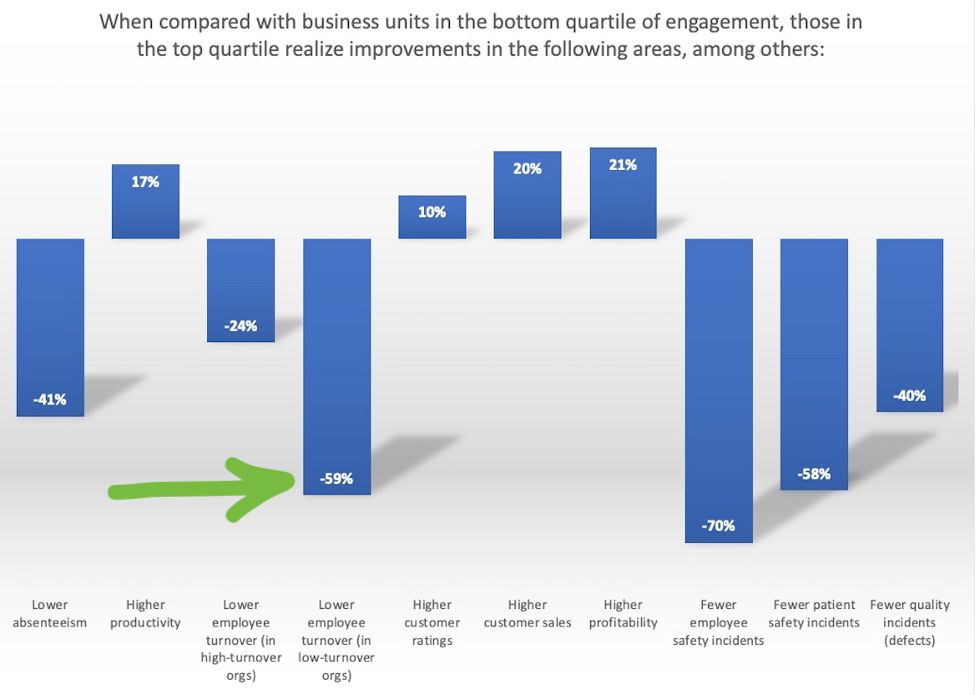What My Tomato Plant Taught Me About Leadership
We all know that tomato plants grow and produce tomatoes. But, could you imagine having to convince the little tomato plants in your garden to get out of the shadows of the bigger plants? Of course not, they are going to do it anyway… it’s in their nature to bend toward the light. They’ll always break out of the shadows.
Complex biochemistry and physics make it possible for the plants to figure out the best path toward the light. Plus, the Sun is such a powerful beacon, that in some ways it draws the plants in.
Each cell in the tomato plant is a unique entity, self contained, and somewhat independent. Each cell is in a relationship with those around it, and they work together to accomplish something bigger than the individual cell could. Cellular systems work together to bring nutrients, water, and structure to the tomato plant. A beautiful, harmonious symphony of coordination and collaboration occurs between them.
Let’s put the tomato plant to the side for a moment and talk about business and organizations. When looking at any organization or company, you can see patterns emerging that are also present in nature. Organizations are made up of basic parts: people, systems/process and environments; similarly to the tomato plant’s cells, systems and environments. It makes sense to see patterns from nature reflected in our business organizations, after all, we are a product of nature.
 Like a cell in a tomato plant, each person in an organization has their own life and agency. Each individual works with others to do something bigger than any one individual could. Each person along the supply chain brings value and contributes to the overall flow of the system. Comparing this to the tomato plant, each cell works with others to flow nutrients and water to its branches in order to grow toward the sun and ultimately support fruit production.
Like a cell in a tomato plant, each person in an organization has their own life and agency. Each individual works with others to do something bigger than any one individual could. Each person along the supply chain brings value and contributes to the overall flow of the system. Comparing this to the tomato plant, each cell works with others to flow nutrients and water to its branches in order to grow toward the sun and ultimately support fruit production.
The tomato plant’s environment is unpredictable, just like any business’s environment. Each day there can be huge variations in weather, or if we think about business.. market conditions. In addition to atmospheric fluctuations, there are other variables it has to be prepared for. A random foot could step on it (security breach), or a bigger plant may try to overtake it (competition), or a creature wants to eat it (hostile takeover).
Despite all of the tomato plant’s environmental risk, one thing is certain… it knows it wants to grow toward the sunlight, and make tomatoes. Every one of its cells knows that to be true, and because every cell knows it, when something gets in its way, it figures out a way over it. When it looses a limb, it grows another one. When it gets knocked over, it simply re-roots itself.
Unfortunately, this is often where the analogy between the tomato plant and some organizations falls apart, and where the organization deviates from natural patterns. Unlike a tomato plant that devotes all of its energy toward growth and fruit production, many organizations are comprised of individuals and systems that aren’t putting their energy in one general direction. There is no common goal, and they lack a “true north” of something clear to grow towards.
When an organization doesn’t have clear “sunlight”, how can all of its parts orient themselves toward the same direction? The answer is… They don’t. When an organization doesn’t have unity, how can it operate as one? It doesn’t. When parts of the organization aren’t communicating, there cannot be a coordinated response to a predator trying to eat the organization (a competitor).
There are plenty of exceptions, where this isn’t the case, and groups of people or organizations are extremely focused and dedicated. I can think of any number of sports teams, or several well-known companies that have an insanely clear purpose.
Here’s a generic example.. watch a crew on a fishing boat struggle through a severe storm, and you’ll notice there isn’t one person who doesn’t know what’s going on, or what to do. Why? They all have clarity of what’s important. They are completely focused and trust each other. They know what a good outcome looks like, and that’s all they think about.
The fishing boat example is extreme, because there is a real risk of death. In extreme circumstances, people get things done. Fortunately, 99.99% of the time, life and business is not this extreme. However, the bigger an organization gets, the more challenging it is to have a clear purpose where everyone feels they have a stake in it. A multi-national organization can only be unified if every individual knows exactly what their “sunlight” is.
Tomato plants of course don’t have the same problems a company has, but why couldn’t we adopt some of its philosophy? Stop spending time on things that aren’t contributing directly to the big picture. If you don’t even know what the big picture actually is, then your first step is to figure that out. The second step should be letting everyone else know what the big picture is, and then empower them to help you get there.
Before I leave you, I have one last question: How do you know when a tomato plant is healthy? It makes big, beautiful, red products.. I mean tomatoes.
– Pat Guariglia

Pat Guariglia is a leadership coach, advisor and founder. Find out more about Pat here.


